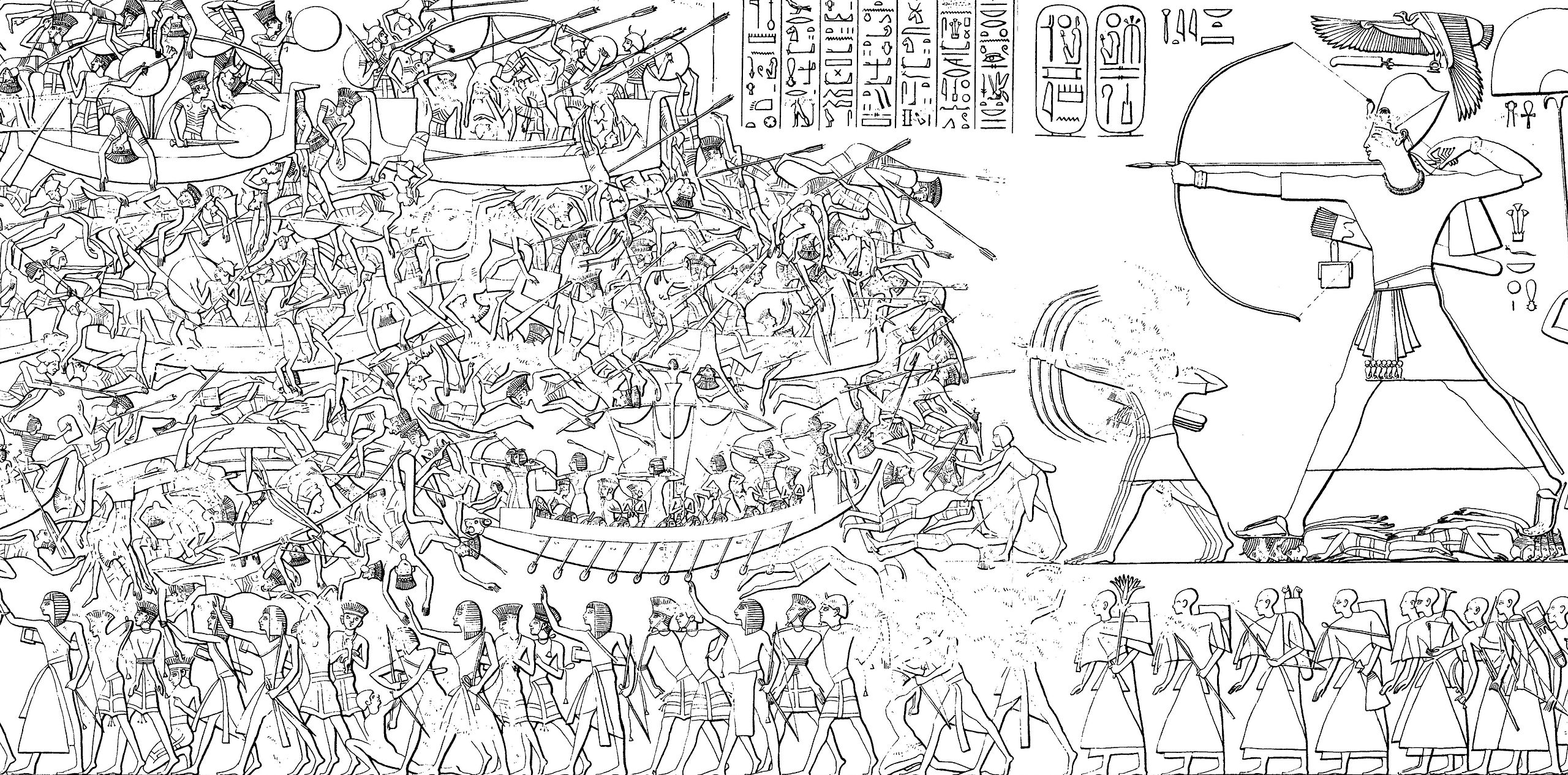Reading time: 9 minutes
Born in Glebe in 1920, David McDonald was just 20 years old when he walked into Victoria Barracks in Paddington on the 19th April 1940 to offer his service to his country during a time of war. This was just 10 days after the Germans had invaded Norway, which signified a significant escalation of the war in Europe, and may have inspired David to join. David had a tough start to life. He didn’t know his birth parents, spending his early years in a series of foster homes, before being adopted by Francis and Agnes McDonald. He formed a good relationship with them and his step brothers and sisters, but growing up in the depression era was far from easy. Before the Second World War broke out, he worked as a plumber, and his trade skills, along with his willingness to tackle hard work, made him an excellent candidate for the 2/1st Field Company. This unit was part of the Royal Australian Engineers (RAE) within the 6th Australian Division of the Second Australian Imperial Force (AIF).
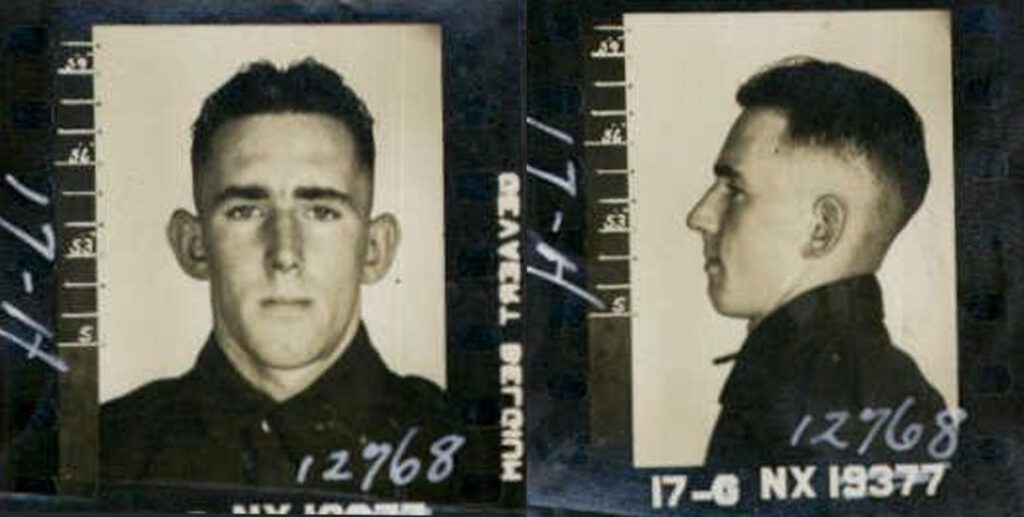
Its role was to support Australian troops and their allies by providing essential engineering services, such as constructing fortifications, building and repairing roads and bridges, clearing minefields, and demolishing enemy obstacles to aid troop mobility and defence. In other words, their efforts not only saved the lives of ANZAC servicemen but also made them more mobile and effective fighters. Their work was often carried out in the dangerous conditions of the battlefield, something David was about to experience firsthand.
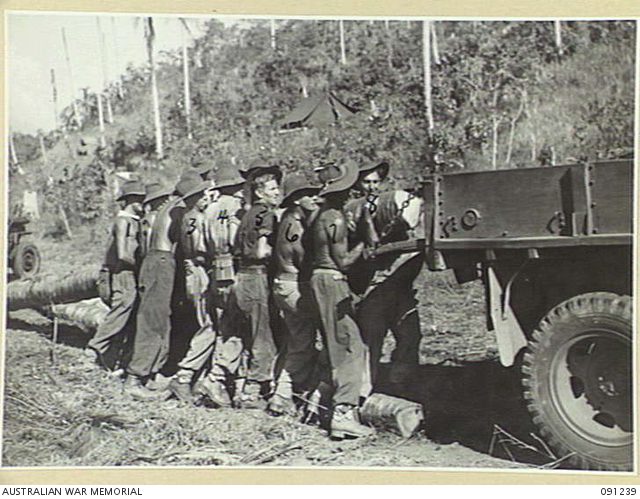
After four months of training, on 30th August 1940, David sailed out of Sydney. He disembarked in Palestine exactly one month later, where he continued training and worked as a sapper. This was a basic rank that served as the backbone of all engineering units; these were the men who actually carried out the work. During the battles of Bardia and Tobruk in January 1941, David was among many Australian sappers who cleared barbed wire, mines, and other obstacles under fire to create pathways for advancing infantry and tanks during the assault. Some of these men used explosives to breach enemy defences, such as anti-tank ditches and fortified positions. However, it was up to the sappers to repair all the damage following the victory.
On 24th March 1941, David was on the move again, embarking in Egypt for Greece. There, his 2/1st Field Company supported the Allied advance towards the Greco-Yugoslav border, where a stand was to be made against the Wehrmacht, at Vevi. The map below shows 2/1st Field Company Operations at Vevi, where they laid minefields and demolished roads as the Germans advanced through them.
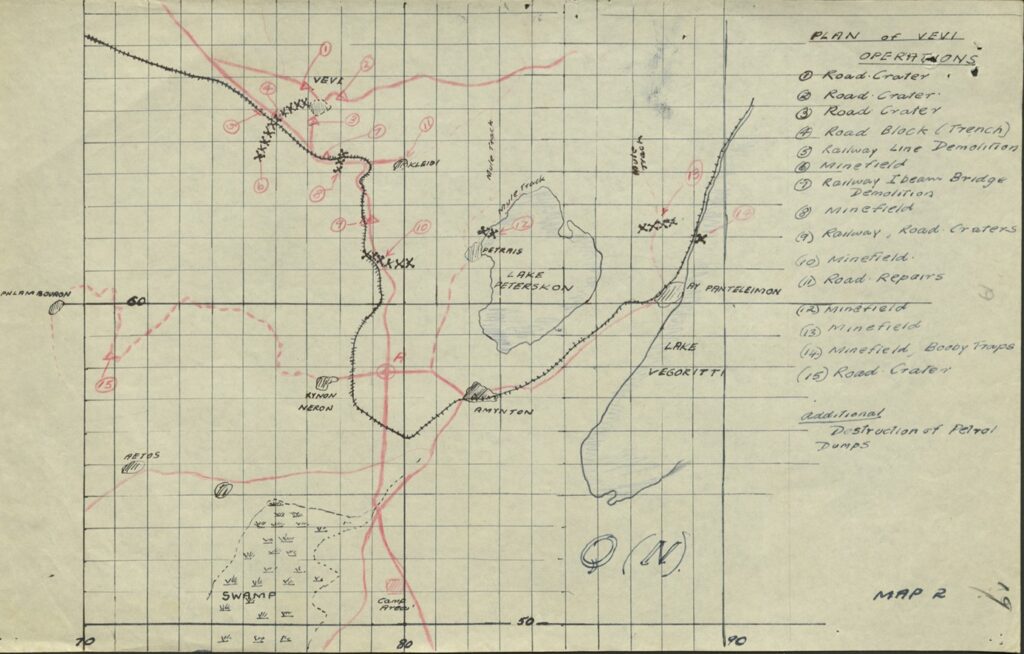
David and his unit took part in the series of rearguard actions as the Allied forces withdrew south through Greece towards the coast. This included a short stop at Pinios Gorge, the site of a significant action where the Australians and New Zealanders faced strong German forces including many tanks. They then carried out many demolitions in and around Brallos Pass, where the Australians fought the German troops to a standstill, allowing time for the main force to evacuate. The nature of the tasks assigned to the Engineers saw Sappers being given much more responsibility than otherwise may have been the case. In many instances two Sappers would be detached to demolish a bridge or a culvert, or detailed to remain behind until the Germans approached, so they could blow up the bridge or culvert as the Germans crossed it. This must have been an incredibly stressful task, waiting with only one other man, knowing that the mass of the German army was coming ever closer, while Allied troops pulled further away from you.
Visit the Brallos Pass Battlefield
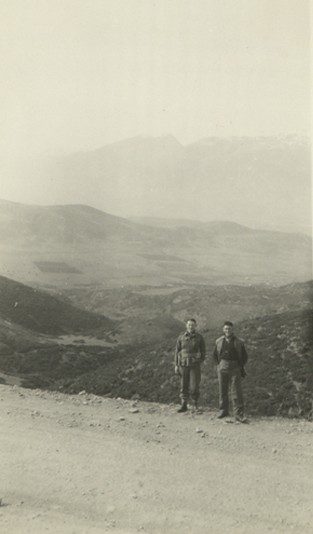
At Brallos Pass David and his unit was in the thick of the fighting. They were subject to relentless air attack, and one of David’s comrades, Sapper Atkinson, fired a long burst from his Bren gun into an attacking aircraft, shooting it down. This period also saw several of David’s comrades killed and wounded in action. In one in particular incident, one of his mates was badly injured with a broken back, and David had to expose himself to German fire to summon assistance.
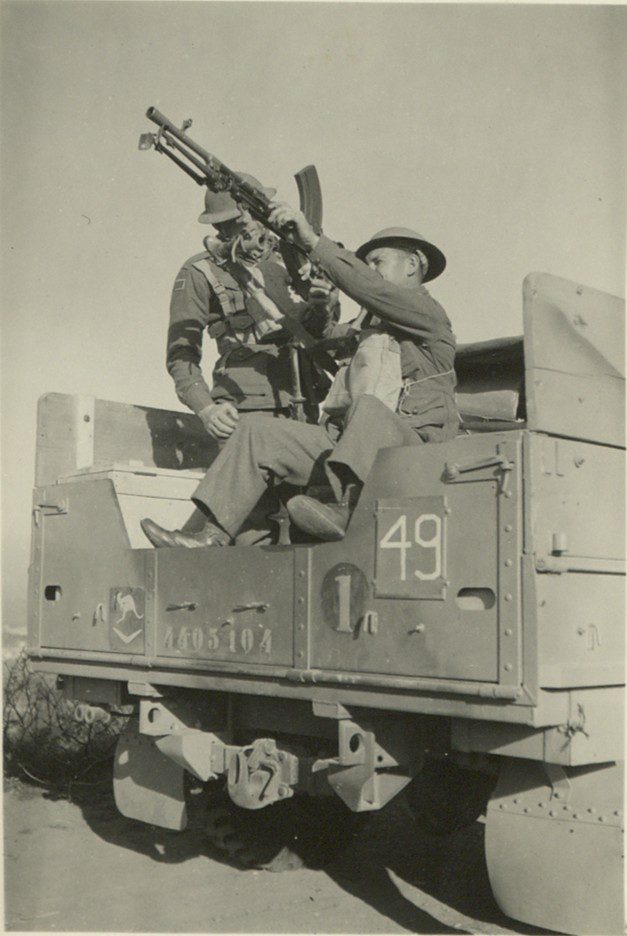
From Brallos Pass David and his unit withdrew to Megara, near Athens, where he was evacuated to Crete on 26th April. On Crete the unit was based at Neo Chorio, and was tasked with loading and unloading ships in Suda Bay. This saw them come under intense air attack once again.

When German paratroopers landed on Crete on the 20th of May, David and his unit fought as infantry, defending the area around Chania for a week. They were then ordered to withdraw across the mountainous centre of the island to the evacuation beach at Sfakia. David and four other sappers from the unit set off across the island. They managed to evade the Germans and navigate themselves to the beach, quite a feat! Many other Allied soldiers were captured as they tried to escape the advancing Germans. David’s group consisted of:
| Sapper | From |
| William White | Darlinghurst, NSW |
| Vivian Kirkby | Crows Nest, NSW |
| Edward Williams | Hawthorn, VIC |
| James Rowell | Subiaco, WA |
These men all survived the war. On 30th May 1941 David arrived back in Alexandria, only to once again find himself posted to Palestine. While he was here he managed some time for sightseeing, visiting Jerusalem, Haifa and Tel Aviv. The unit also played inter-company cricket matches each weekend, as a break from a demanding training schedule during the week. David also took part in a project to destroy the wrecks of two ships in Tel Aviv harbour, so that they couldn’t be used as navigation reference point by Axis pilots. They also worked constructing roads in the area. His service then took him to Ceylon (now Sri Lanka), where he faced health challenges. On 22nd May 1942, he was evacuated to the 4th Australian General Hospital (A.G.H.) in Colombo, requiring treatment and transfer to different units for recovery. Despite his struggles, he was able to return to his unit on 3rd June 1942, and shortly after, embarked for Melbourne, disembarking on 7th August 1942. A week later, he married his wife, Jean.
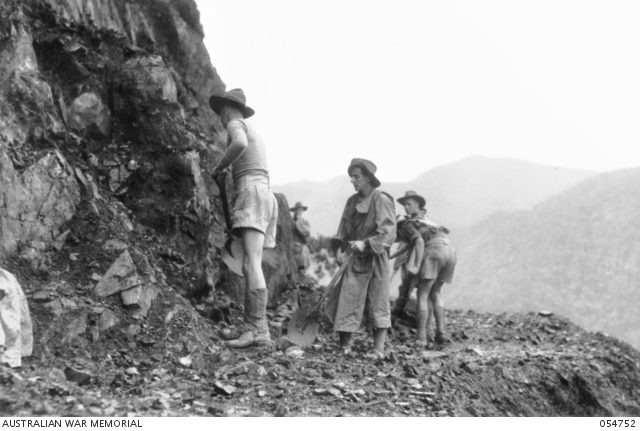
In September 1942, he embarked on the SS Paine Wingate to disembark in Port Moresby, in order to join the New Guinea campaign against the Japanese. His time in New Guinea was fraught with difficulties, he saw three weeks in action before he was once again evacuated, this time to the 2/2nd Australian Casualty Clearing Station (C.C.S.), highlighting the toll that war and harsh conditions were taking on his health. In October 1942, he rejoined his unit and was struck off the ‘X-list’ (denoting personnel unavailable for duty). Despite these setbacks, David continued to serve in various capacities, including being graded as a Group III Engineer Hand on 9th November 1942, and later as a Group V Excavator Operator on 1st May 1943. His assignments saw him travel extensively, including aboard the S.S. Katoomba. His physical and mental health was badly affected by his service in New Guinea. He finally disembarked in Townsville on 10th September 1943, marking the end of his overseas deployments. He moved to Fairfield with Jean, and they started a family.

David’s service records highlight the personal cost of his service. Diagnosed with several conditions including combat induced anxiety, he was eventually deemed medically unfit for service. This reflected the mental strain and physical toll of years spent in war zones, from Greece and Crete to Ceylon and New Guinea. In today’s terms, David was suffering from what is now commonly referred to as Post-Traumatic Stress Disorder (PTSD), but it was known as shell shock from World War I. During the Second World War awareness and understanding of the condition increased. It was diagnosed as war neurosis or sometimes under the more self-explanatory term, combat fatigue. This is an involuntary condition that affects many soldiers today and can carry on into civilian life.
David had spent 1,358 days in service, of which 1,107 were outside of Australia in some of the most difficult theatres of the war. For his service, he was awarded the 1939/45 Star, Africa Star, Pacific Star, Defence Medal, and Greek Medal.
After the war David established a Plumbing business on the NSW Central Coast. After several years he found that the ongoing physical and mental health complaints caused by his wartime service were too much to manage alongside running a business, and he took up a job instead. Twenty years after his discharge he was admitted to hospital still suffering from these medical conditions. The cost of treatment and being unable to work put David and his family under great financial strain. David’s years of service in wartime were not the only sacrifice he made for his country, he was subject to years of ill health because of this service.
David regularly attended ANZAC day services with his friends from the 2/1st Field Company, as well as enjoying a few beers together afterwards. He was an active member of the RSL firstly at Oatley and later at Long Jetty, eventually being awarded a Life membership of the RSL. Jean passed away in 1974 at the young age of 53, David passed away in 1997 at age 76.
Articles you may also like

History Guild Quiz – Beginner
History Guild Quiz – BeginnerSee how your history knowledge stacks up. Want to know more about any of the questions? Once you’ve finished the quiz click here to learn more. Have an idea for a question? Suggest it here and we’ll include it in a future quiz! The stories behind the questions 1. Which colonial […]
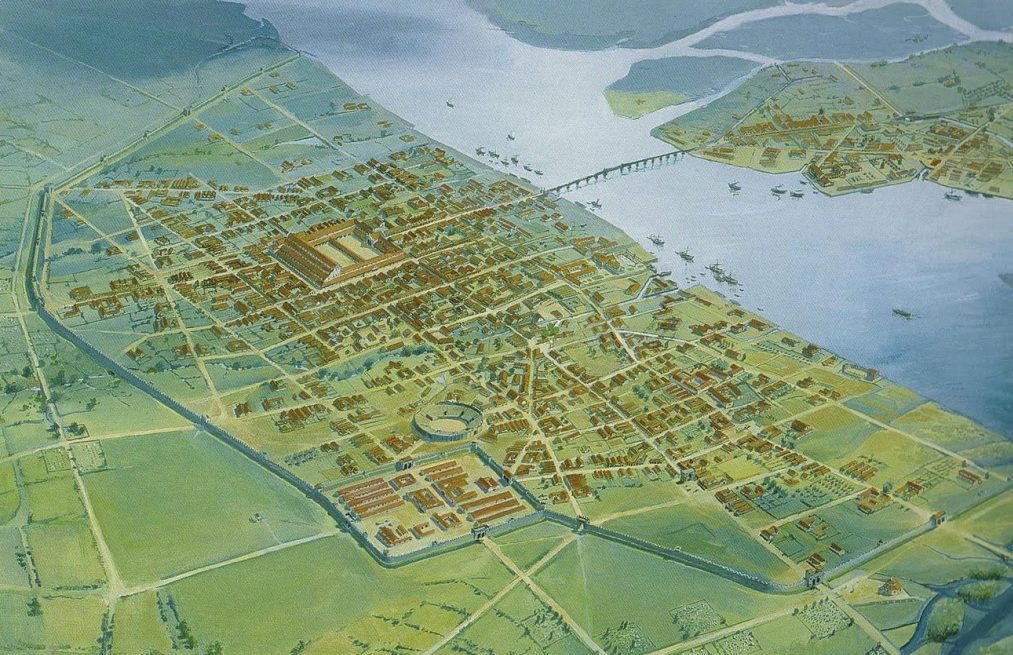
General History Quiz 154
1. What group did Boudicca lead in her battles against the Romans?
Try the full 10 question quiz.

